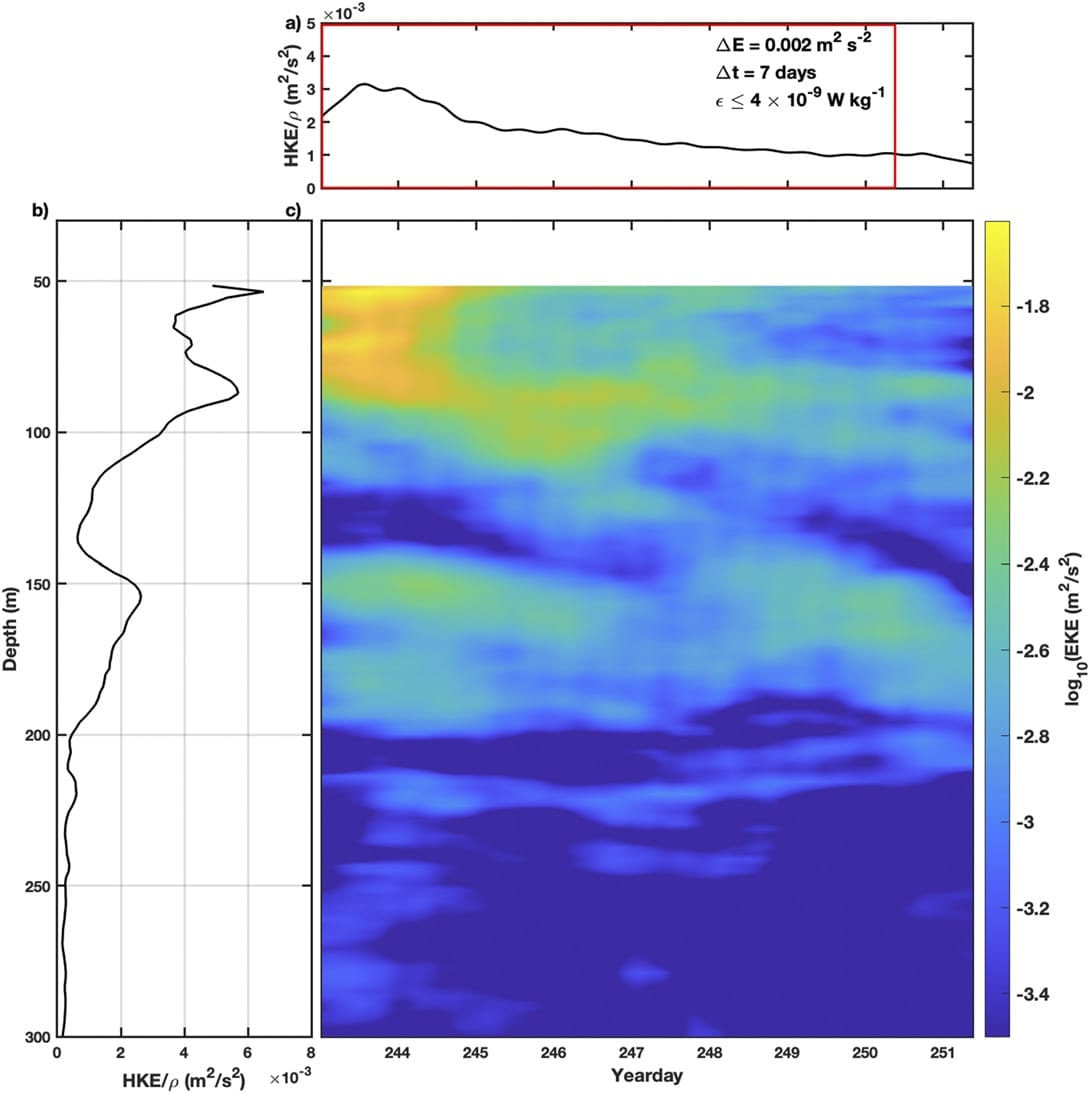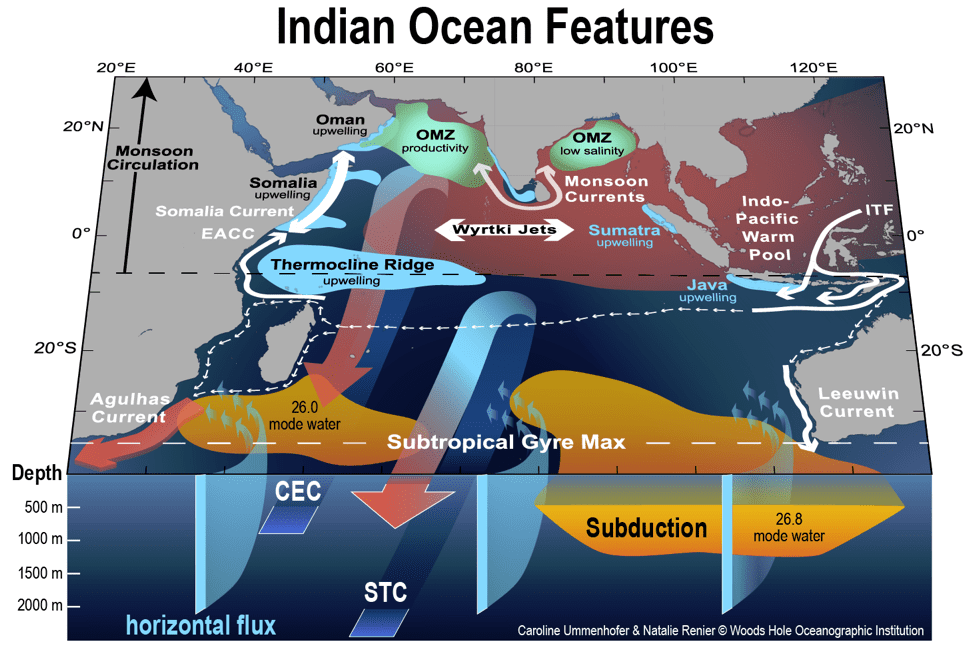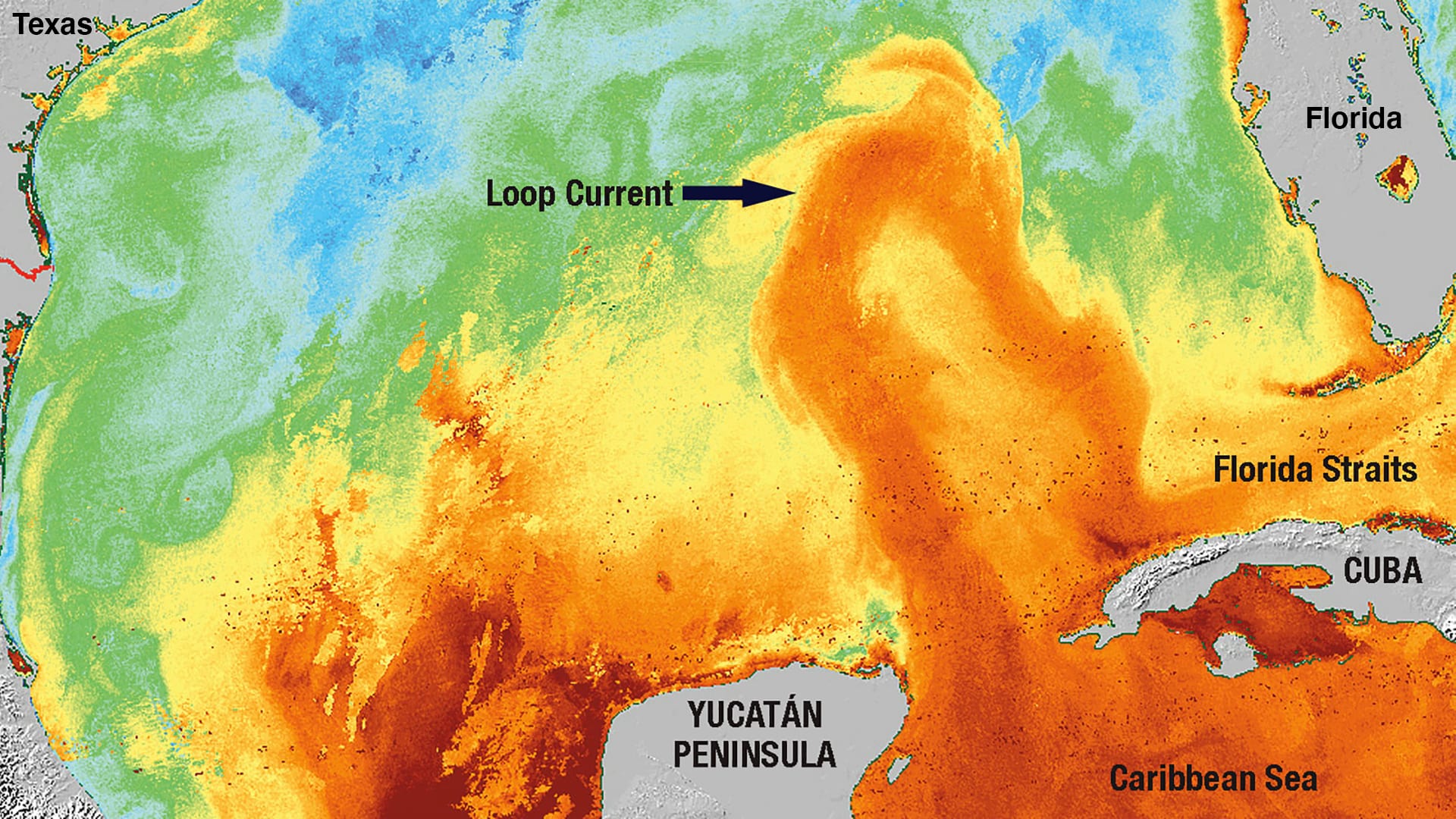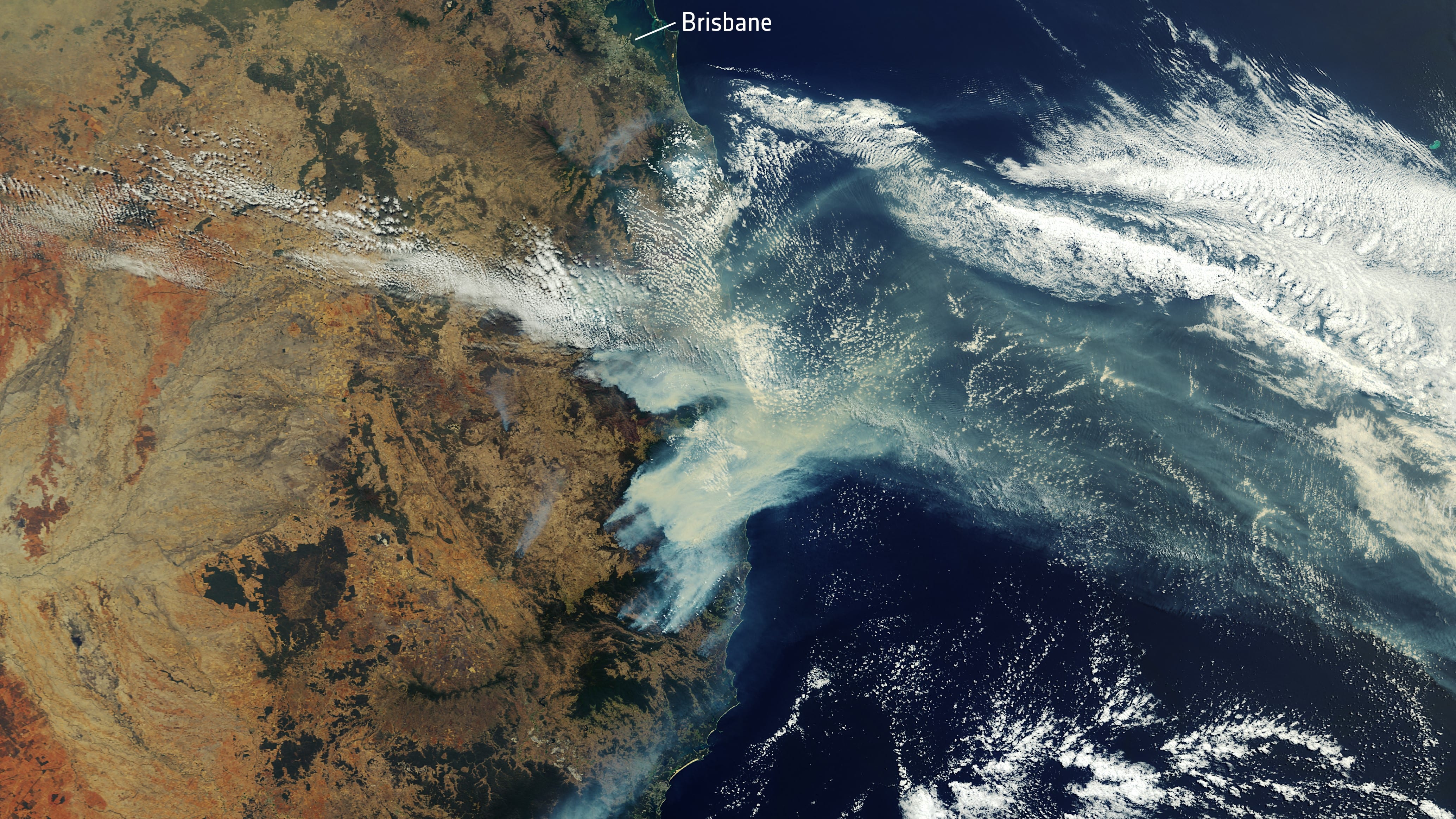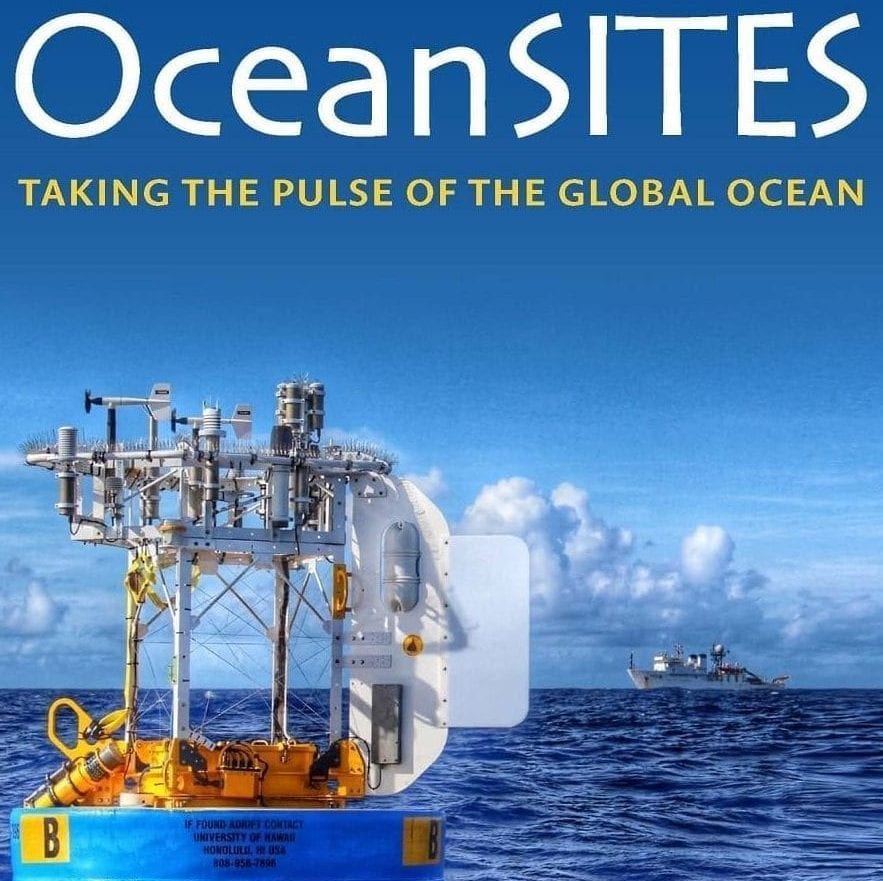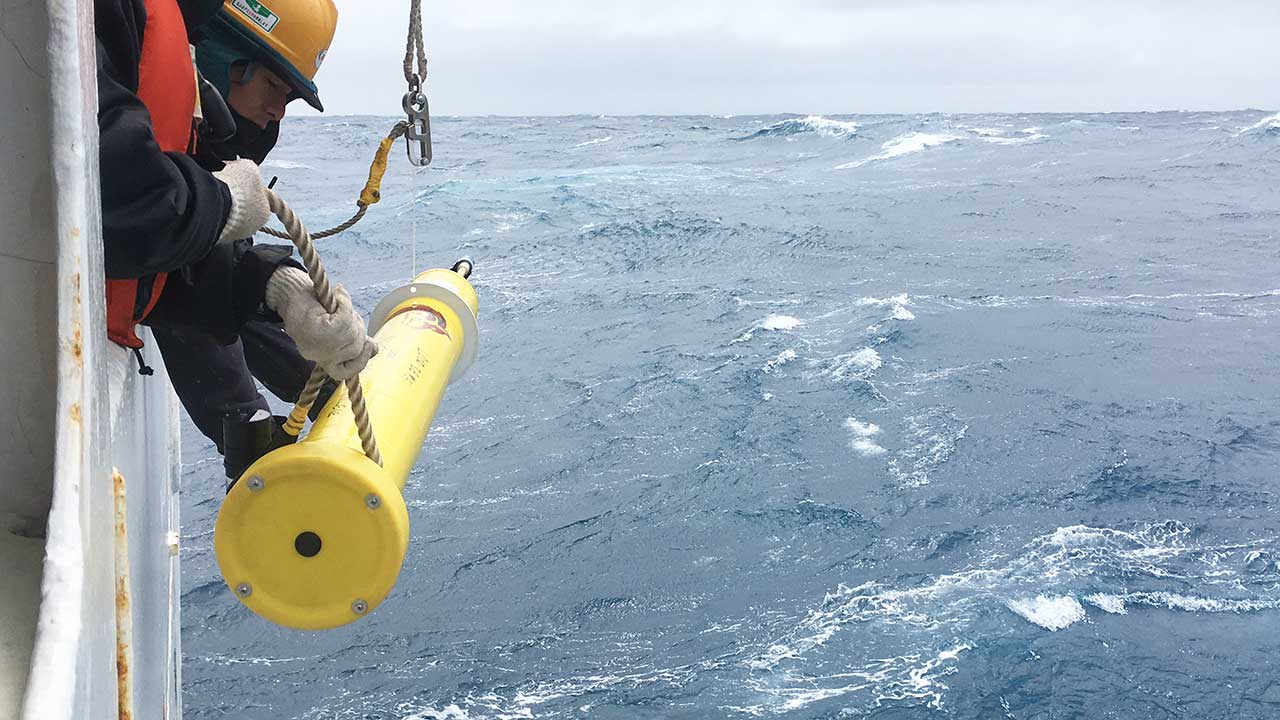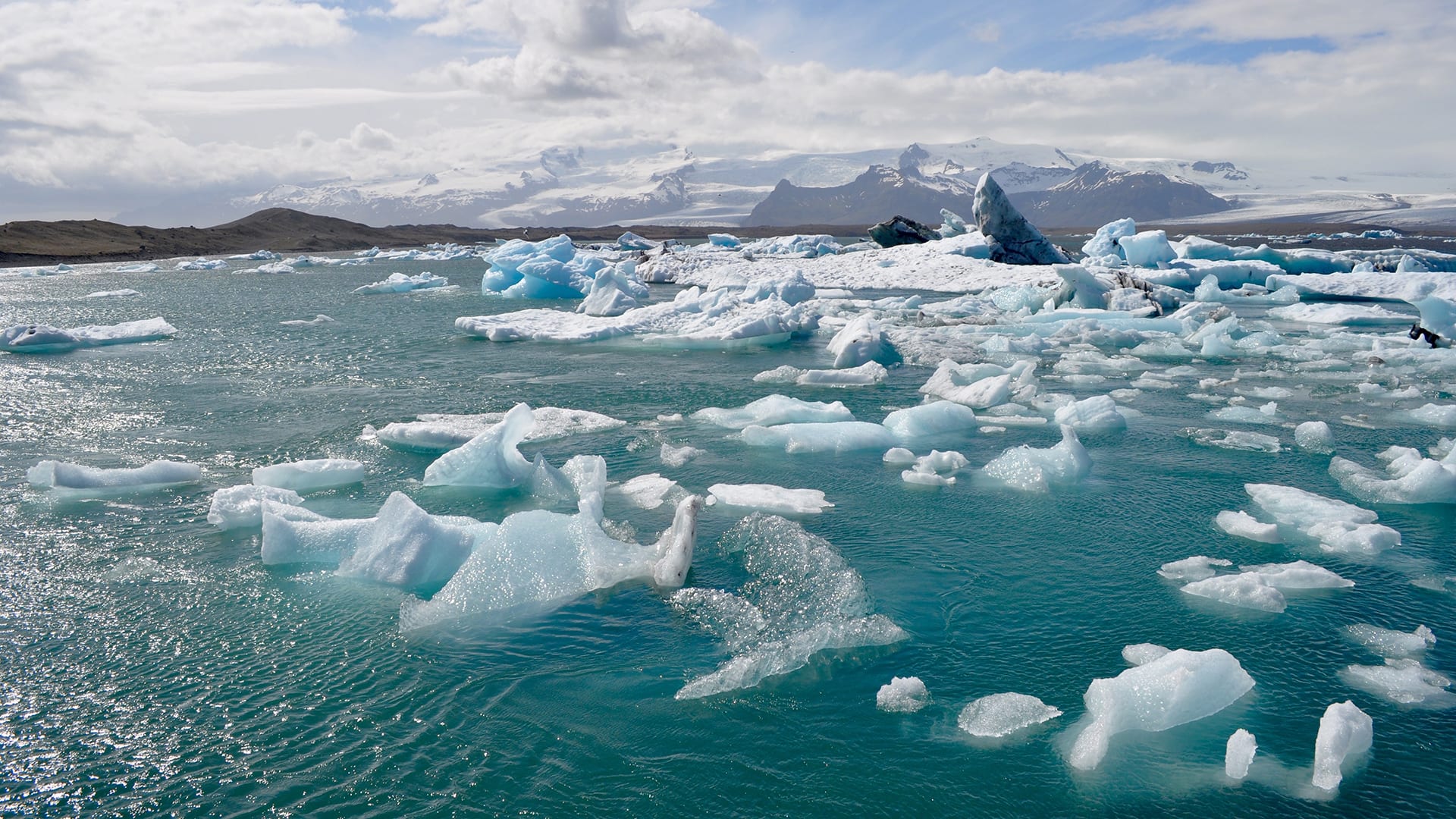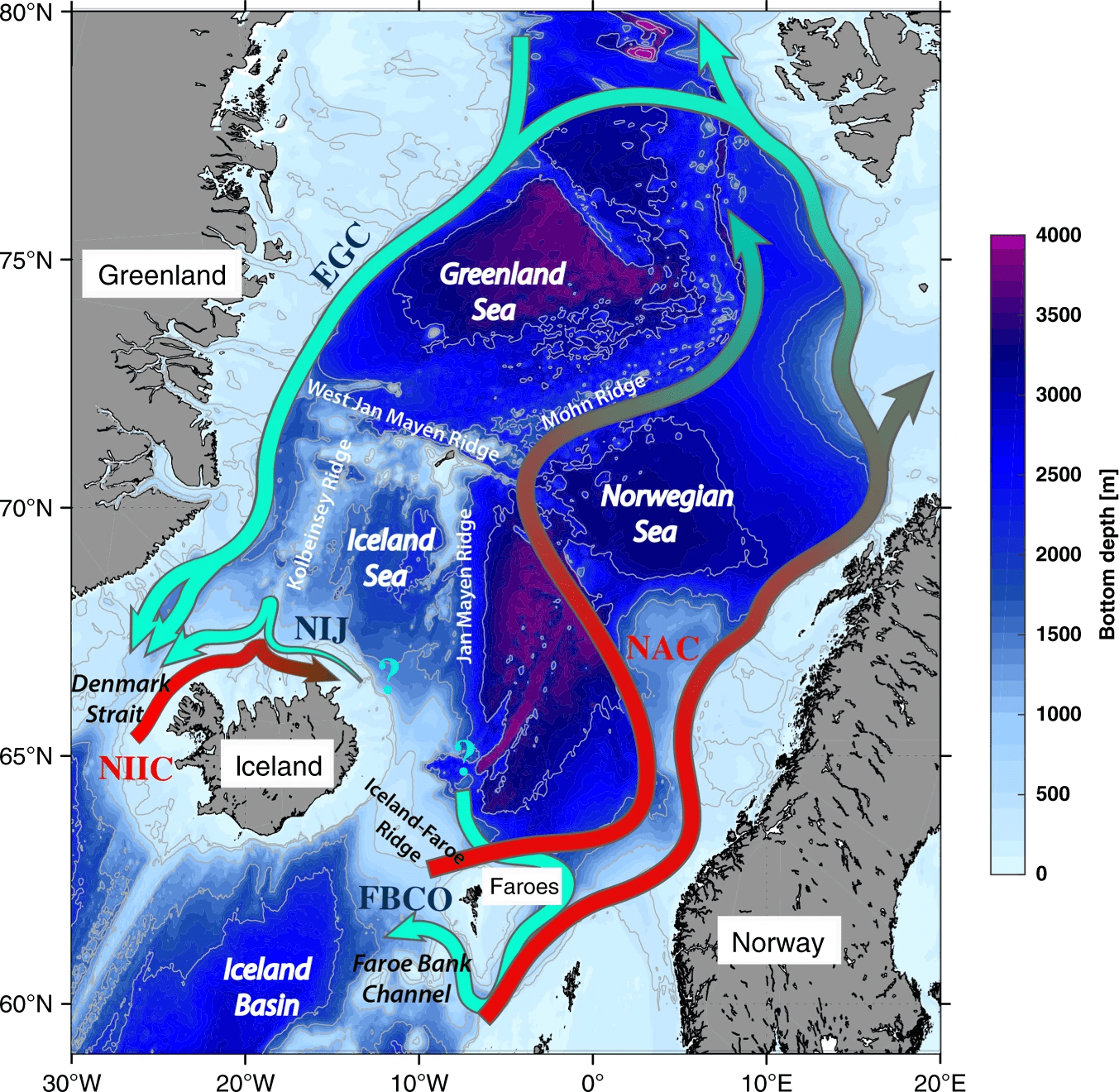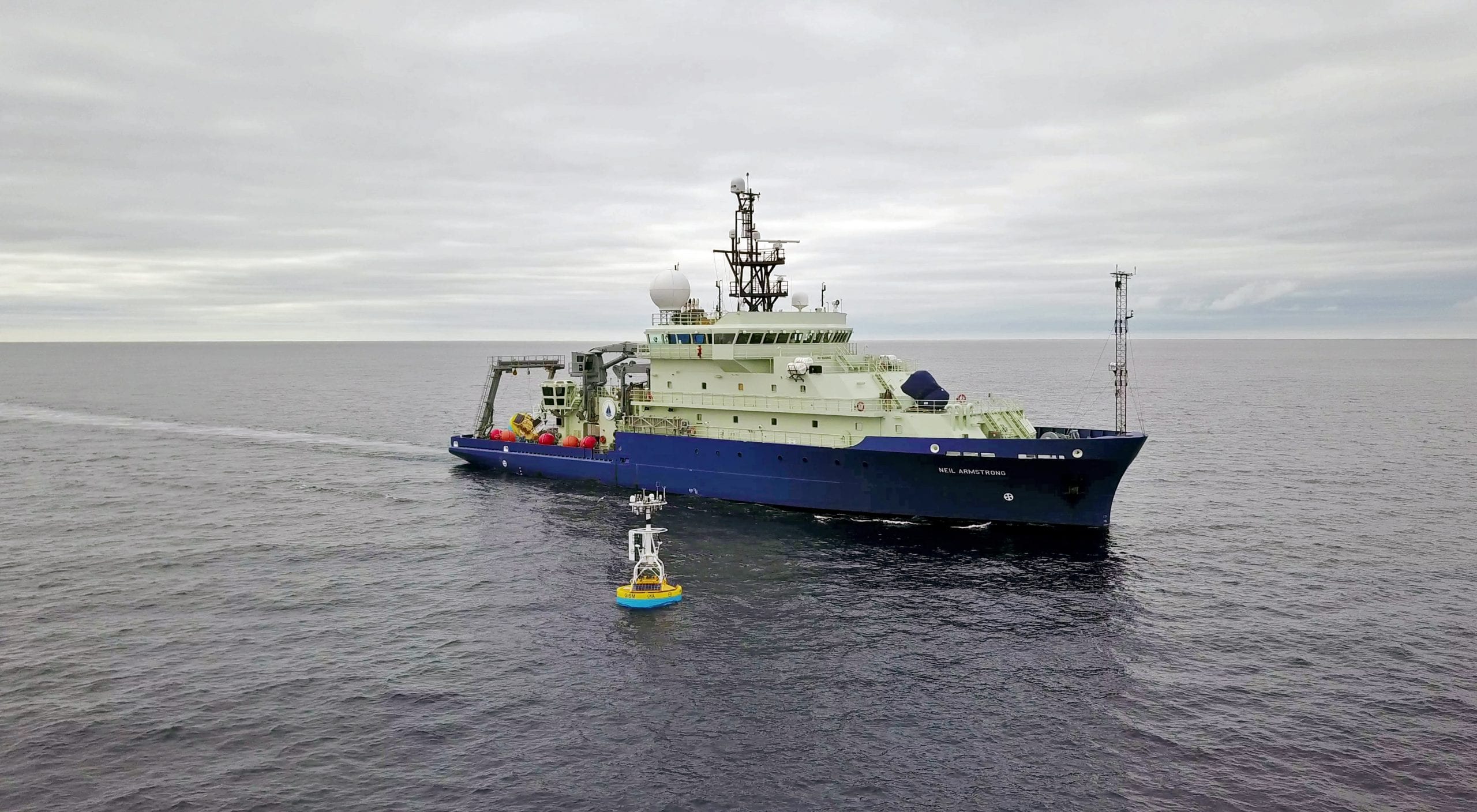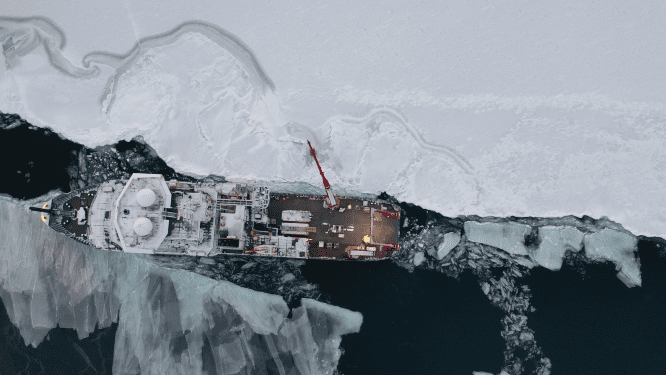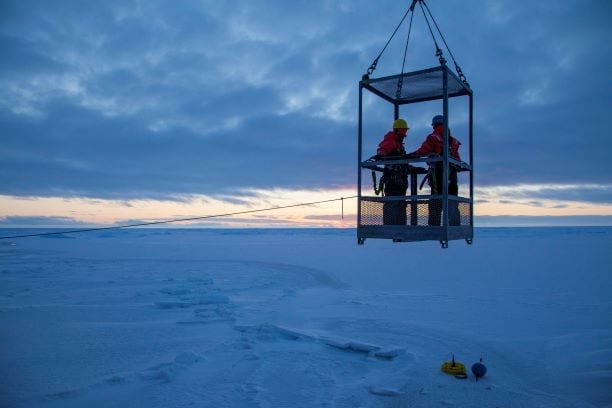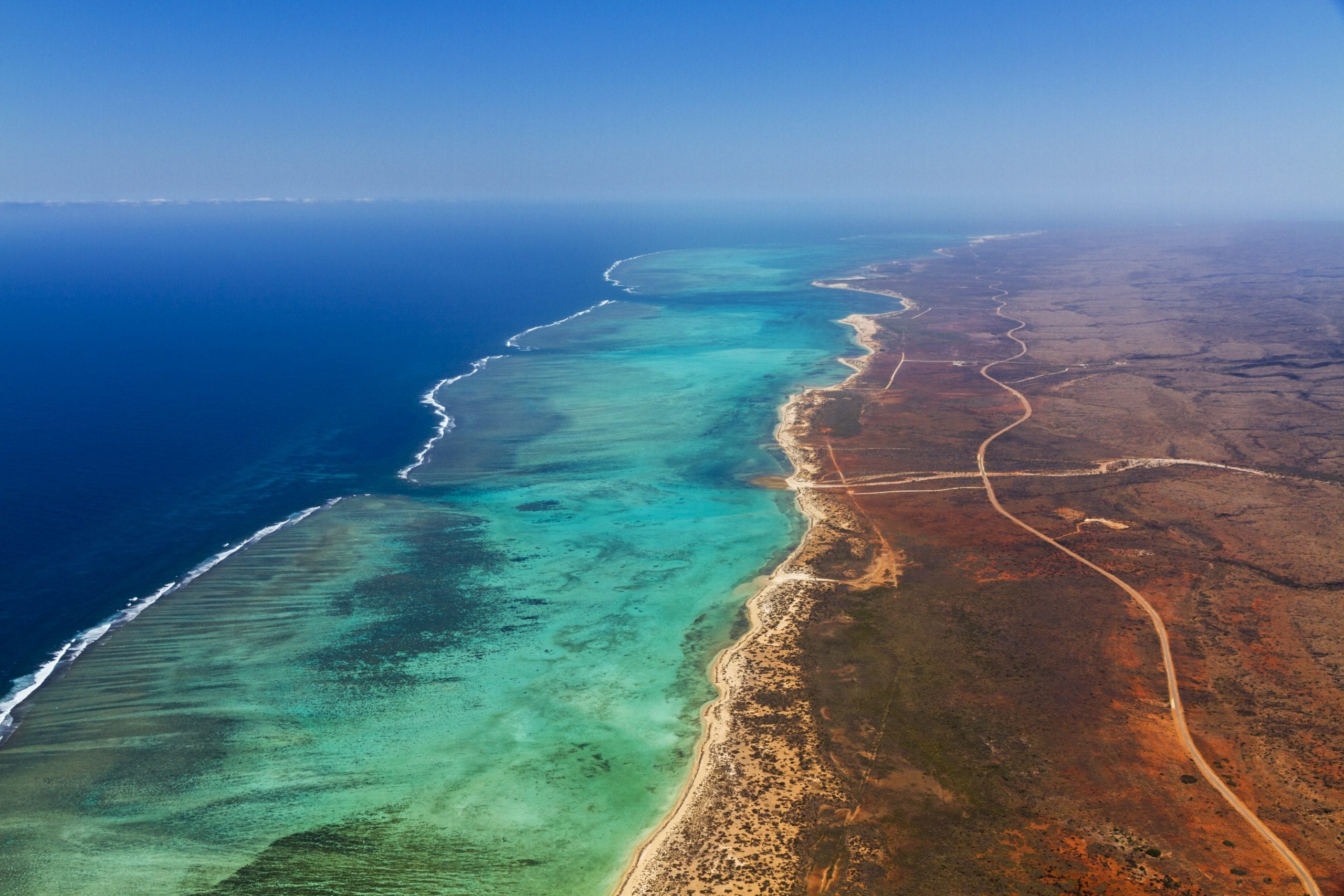Physical Oceanography
Microstructure mixing observations and finescale parameterizations in the Beaufort Sea
Fine, E. C., J. A. MacKinnon, M. H. Alford, J. M. Mickett (2021). Microstructure mixing observations and finescale parameterizations in the Beaufort Sea, J. Phys. Oceanogr. 51, 19-35 https://doi.org/10.1175/JPO-D-19-0233.1 In…
Read MoreUS DOE Gives $21 Million for Innovative Offshore Wind Technologies
Woods Hole Oceanographic Institution of Massachusetts will collect offshore wind resource data off the coasts of Massachusetts and Rhode Island and use it to improve atmosphere-ocean simulation tools and reduce uncertainty in offshore wind resource assessment and forecasting.
Read MoreBreaking the ice on melting and freezing
“Ice deforms as it melts,” said WHOI physical oceanographer Claudia Cenedese, who has worked with Hester on the project. “It makes these very weird shapes, especially on the bottom, like…
Read MoreBetter observations of the rapidly-warming Indian Ocean
Beal, L. M., and Coauthors, 2020. A roadmap to IndOOS-2: Better observations of the rapidly-warming Indian Ocean. Bulletin of the American Meteorological Society, https://doi.org/10.1175/BAMS-D-19-0209.1. Indian Ocean main oceanographic features and…
Read MoreWelcome Postdoctoral Investigator Jacob Forsyth
Jacob Forsyth, Postdoctoral Investigator, joins WHOI’s PO Department.
Read More‘High-octane’ hurricane fuel swirls in the Gulf of Mexico
Researchers deploy an arsenal of underwater floats to monitor the Loop Current—one of the Atlantic Ocean’s fastest and warmest currents—to collect critical data for hurricane forecasting.
Read MoreInvestigating the ocean’s influence on Australia’s drought
Researchers look to the Indian Ocean for clues on how Australia’s blazing wildfires and bone-dry conditions have reached such extremes.
Read MoreNew resource for teachers on how oceanographers take the pulse of ocean currents
One of the means by which we observe the ocean is to deploy moorings, lines with anchors on the seafloor and flotation…
Read MoreWelcome Research Assistant II Eve Cinquino
Eve Cinquino, Research Assistant II, joins WHOI’s PO Department.
Read MoreNew multi-institutional grant will support a fleet of robotic floats
The National Science Foundation approved a $53 million grant to build a global network of chemical and biological sensors that will monitor ocean health.
Read MoreTwo New Studies Substantially Advance Understanding of Currents that Help Regulate Climate
Two studies shed new light on a critical driver of the Atlantic Meridional Overturning Circulation (AMOC) and potential impacts of rising temperatures
Read MoreSources and upstream pathways of the densest overflow water in the Nordic Seas
Huang, J., Pickart, R.S., Huang, R.X. et al. 2020. Sources and upstream pathways of the densest overflow water in the Nordic Seas. Nature Communications, 11, 5389, https://doi.org/10.1038/s41467-020-19050-y The pathways of…
Read More5 Questions with Dr. Amala Mahadevan
WHOI physical oceanographer sheds light on the climate-critical link between ocean currents and plankton
Read MoreWelcome Postdoctoral Scholar Zihua Liu
Zihua Liu, Postdoctoral Scholar, joins WHOI’s PO Department.
Read MoreHeat waves on Cape Cod may be tied to slowing ocean current
WHOI researchers studied 25 years of data in search of cause behind rising ocean temperatures.
Read MoreWHOI-NOAA partnership tackles critical gap in climate knowledge
Remote technologies, machine learning will improve simulations of polar ice melt and implications for the global climate Researchers at Woods Hole Oceanographic Institution (WHOI) were recently awarded a $500,000 grant…
Read MoreScientists and crew on R/V Sikuliaq work along edge of a large multi-year ice flow
Scientists and crew on R/V Sikuliaq work along the edge of a large multi-year ice flow during SKQ202014S in Oct/Nov 2020. Photo by Ethan Roth, R/V Sikuliaq.
Read MoreAON Cruise
Leah McRaven and Evie Fachon are craned onto multi-year ice via a personnel basket to deploy an SVP drifter.
Read MoreStudies investigate marine heatwaves, shifting ocean currents
North America experienced a series of dangerous heatwaves during the summer of 2020, breaking records from coast to coast. In the ocean, extreme warming conditions are also becoming more frequent and intense.
Read MoreNorth Atlantic Ocean yields clues for better weather predictions
Findings of a new study investigating the interactions between the North Atlantic Ocean and the atmosphere will lead to more attention to how the ocean can be an important source of predictability in weather and climate.
Read MoreCoalition, including UMass Dartmouth, backs expanded research of offshore wind
Seven Massachusetts research institutions late last month pressured Congressional leaders to pass legislation that would “update and expand” the federal government’s offshore wind energy program and related research opportunities.
Read MoreFlorida Current is Weaker Now Than at Any Point in the Past Century
A key component of the Gulf Stream has markedly slowed over the past century—that’s the conclusion of a new research paper in Nature Communications published on August 7. The study…
Read MoreHot ocean waters along East Coast are drawing in ‘weird’ fish and supercharging hurricane season
Warm waters are a major concern with Hurricane Isaias forecast to ride up the Eastern Seaboard. Glen Gawarkiewicz, an oceanographer at WHOI, describes Gulf Stream fish being caught off Block…
Read MoreA Story Map for Marie Tharp’s 100th birthday
Data acquired aboard the Woods Hole Oceanographic Institution (WHOI) research vessel Atlantis from 1946 – 1953 were shared with Marie as she began to assemble the first detailed map of…
Read More
